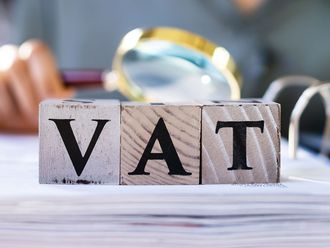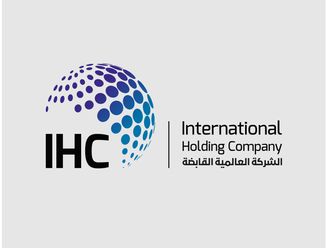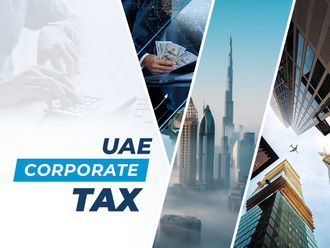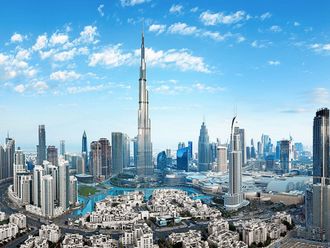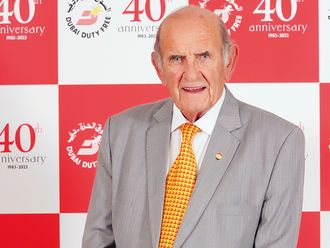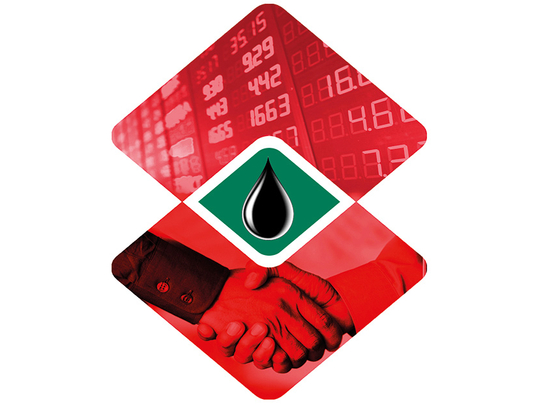
The prevailing macroeconomic environment will always impact upon deal activity. However, the impact upon M&A activity versus IPO activity can be quite different.
The regional macroeconomic environment is dominated by the price of oil. With oil prices now more stable and marginally improved in 2017 over 2016, cuts in government spending and increased government levies and fees are reducing fiscal deficits.
These deficits will come down even further following the introduction of VAT in 2018 and implementation of the various structural reforms announced by regional governments. The International Monetary Fund expects all regional economies to exhibit positive GDP growth in 2017 with Dubai leading the pack with up to 4 per cent GDP growth, with particular focus on the non-oil economy as the diversification agenda is prioritised.
That’s not to say it’s all positive news: there are still significant liquidity issues in the financial sector; regional political instability and conflict present continuing risks; and while structural reforms have been welcomed, they have not gone far enough in many cases.
The macroeconomic environment has a direct correlation on IPO market activity. It is critical to time an IPO right to match a performing underlying issuer with strong investor appetite. Market sentiment is therefore key — 2016 was a year marked by extreme volatility and uncertainty and so companies and investors alike were correspondingly cautious with respect to IPOs.
As a result, 2016 saw only a handful of IPOs across the entire GCC. The improved environment of 2017 and strengthening market sentiment have improved market conditions for IPOs, but this is yet to translate into completed listings.
Saudi Arabia is the key jurisdiction to watch for IPOs in 2017 as companies slated for listing in H2-16 but did not do so are now finding they are operating in a more favourable economic environment. This is often as a result of the increased liquidity from the settlement of receivables by the government and also the increase in oil prices.
A number of companies are preparing themselves for listing on the Tadawul, including the landmark Aramco IPO (which plans to list on multiple exchanges) and the Tadawul’s plans to list its own shares. Of particular note is the newly established secondary market (the “Nomu-Parallel Market”), which with its more relaxed listing requirements than Tadawul’s main market has already seen seven IPOs since its inception in early 2017.
The relationship between the macroeconomic environment and M&A activity is more complex as the reasons for undertaking M&A are many and varied. It tends to involve the implementation of a long term business strategy and is less dependent on the short term local market conditions.
For example, an acquisition of a UAE company may be part of an expansion across the region and into Africa and so the prevailing macro environment in the UAE may be less relevant. As witnessed in 2016, which was a relatively robust year for M&A activity in the region, volatility and a poor macro environment can present equally favourable conditions for M&A as investors make opportunistic purchases.
The macro environment also affects M&A in different industries in different ways. For example, the banking and financial services sector dominated the M&A landscape in 2016 by value, mostly as a result of the merger of National Bank of Abu Dhabi and First Gulf Bank. This trend is continuing in 2017 with the recent completion of the IPIC-Mubadala merger.
In the banking sector, reduced liquidity has squeezed margins, and so transactions are largely being driven by costs savings. Significantly higher capital requirements for currency exchange houses are also forcing tie-ups in that specific sub-sector. Likewise, insurance companies continue to consider acquisitions and mergers, although we are yet to see the expected number of completed deals in this sector.
E-commerce and fintech is where we expect the most M&A activity in the remainder of 2017, by number of deals rather than value. This industry is witnessing enormous regional change with the entry of major players such as Amazon and Noon, the recent significant funding rounds by both Careem and Uber, and high growth potential as the region catches up with more developed markets in terms of online marketshare.
Disruption is also driving deals in the industrial sector as companies address rapid changes through the acquisition of disruptive technologies. Other industrial groups are instead choosing to return to core competencies or focusing on after-market service and maintenance.
We also expect the increase in geopolitical tensions and corresponding increase in defence spending to provide M&A opportunities in defence and related industries.
Finally, it is not possible to consider industries in the UAE without mentioning the bellwether sector of real estate, which is still recovering, albeit slowly. As with the last 18 months or so, in 2017 we expect some further opportunistic M&A.
There is also still potential for consolidation transactions as stakeholders seek to ever reduce costs, particularly in the hospitality/tourism, education and health care subsectors.
An improved regional macroeconomic environment in 2017 should lead to both more M&A and IPOs, although for very different reasons.
The writer is Corporate Partner at Baker McKenzie Habib Al Mulla.


